If you’re an RV enthusiast, then one of the most common questions you may find yourself asking is: Can I have a fish tank in my RV? The answer is yes, but there are some special considerations to take into account when setting up a fish tank in your mobile home. In this article, we will provide answers to some of the most common questions about setting up a fish tank in an RV, as well as some useful tips to ensure that your fish tank is properly taken care of and maintained.
Table of Contents
Can fish tanks have a sealed lid in an RV?
Yes, fish tanks can have a sealed lid in an RV. This is important for two reasons: firstly, it helps to maintain the water temperature and oxygen levels inside the tank; secondly, it also helps to prevent any mess from spills or splashes from reaching other areas of your RV. A sealed lid is particularly important if you plan to take your RV on long road trips. [1]
Do fish tank lids need air holes?
Yes, fish tanks should have air holes to prevent the water from becoming stagnant and to provide oxygen for the fish. It is best to buy a tank with pre-drilled air holes, but if you choose one without them, you can drill a few yourself. However, it’s important not to make too many holes as this can reduce water temperature. Make sure the holes are small enough that your fish won’t escape!
Finally, remember to always shut any lids or tops securely so that your fish don’t escape! A secure lid will also help keep out bugs and other animals while you travel. [1]
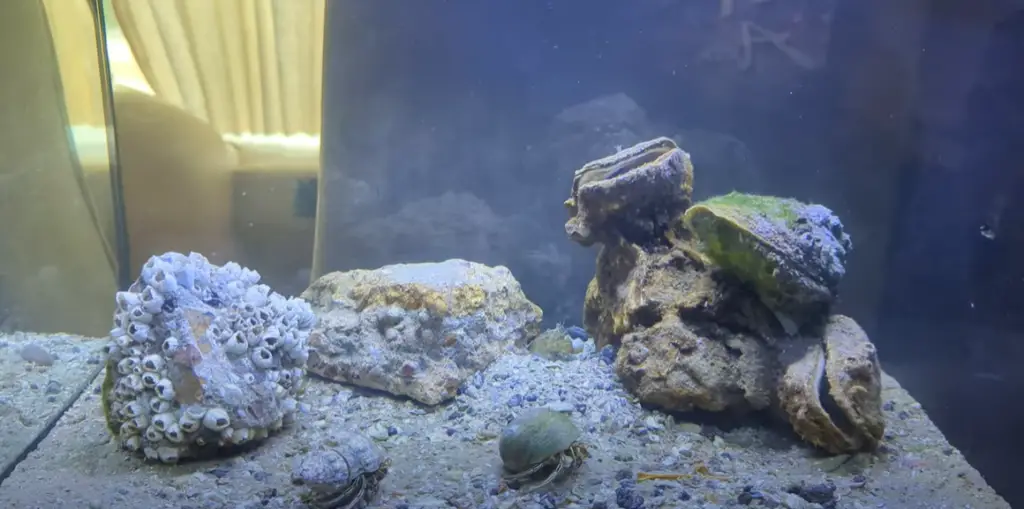
Will the water splash out of a fish tank while driving in an RV?
No, the water should stay inside the tank. To ensure that this is the case, it is important to make sure your aquarium has a secure lid and that you do not drive over rough terrain. Additionally, you should place the fish tank on something sturdy like a countertop so that there is no chance of it toppling over during movement. Lastly, make sure to test the tank in your RV before you actually take it out on a road trip. It is always best to be prepared! [1]
Is the driving motion bad for fish in tanks in an RV?
The driving motion is not necessarily bad for fish in tanks in an RV. However, it can increase the chances of stress as sudden jerks and vibrations could cause harm to delicate fish or disrupt aquarium filtration systems. To reduce these risks, there are a few things you can do.
First, make sure the tank is secure. If the tank is too light, it may move around during travel, causing stress for the fish and potentially damaging the aquarium itself. You can use a kit or build your own to attach the tank securely to any wall in your RV.
Next, consider using an air filter rather than a filter that runs on electricity. Air filters are designed to filter the water without requiring electricity, so they won’t be affected by vibrations or sudden jerks.
Finally, if possible, try to avoid driving too quickly or on very bumpy roads. Driving more slowly, especially in areas where there’s a lot of construction or bumps, can help reduce the amount of stress your fish may feel. [1]
What is the best-sized fish tank for an RV?
The best-sized fish tank for an RV is a 10-gallon tank or smaller. This will give your fish plenty of room to swim around, but won’t take up too much space in the RV. You’ll also need to consider how many fish you want to keep in your tank and make sure that the size is big enough for them to be comfortable. Some people may opt for a larger tank, but this will take up more space and could put strain on the RV’s water system. [1]
Prevent water from sloshing
One of the most important things to consider when having a fish tank in an RV is preventing water from sloshing around. This can be done by choosing an appropriate-sized tank and keeping it secured; otherwise, your fish may end up swimming around inside their tank during travel! Keep the aquarium as low to the ground as possible and make sure it’s secured with straps, foam padding, and/or rubberized adhesive. Additionally, some RV owners have found success in keeping the aquarium away from large windows and other potential sources of vibration to minimize sloshing. [2]
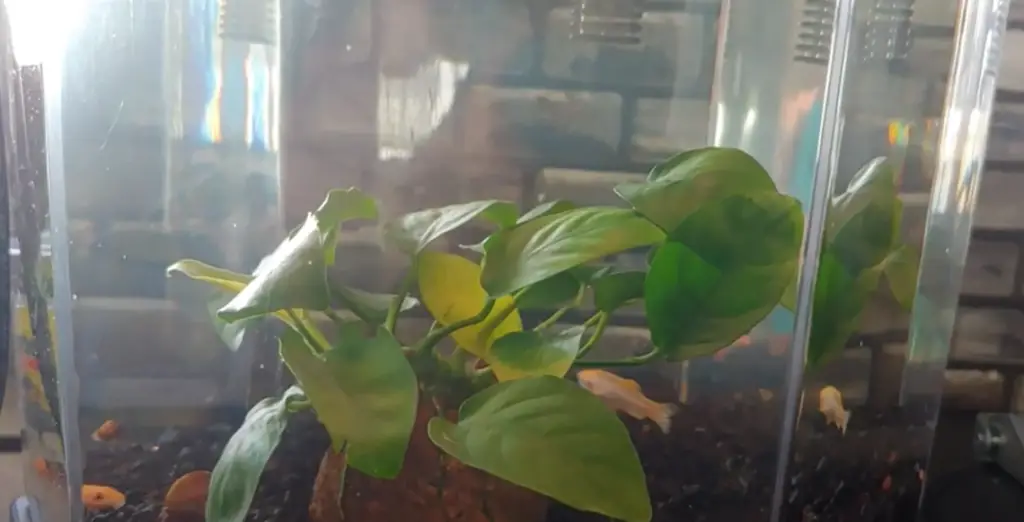
Keep your RV speed slow
When out on the open road, your RV can still experience some turbulence. To prevent any water in your fish tank from sloshing around too much, make sure to keep your speed low when driving. This will help reduce the amount of motion within the RV and give the fish a safe and comfortable ride. [3]
Place the fish tank on a wooden rack
If you plan on having a fish tank in your RV, one of the most important things to consider is the placement of the tank. A wooden rack can be used to place the tank near a window or other area with some natural light. This will provide your fish with plenty of oxygen and light that they need to survive and thrive. The wood will also prevent the tank from sliding and potentially tipping over when you are on the road. Additionally, placing the fish tank near a window or other area with natural light will help to keep your RV cooler by providing extra insulation. Make sure that the rack is securely fastened to the wall so that it doesn’t move while you’re driving. [2]
Proper gas exchange
When it comes to having a fish tank in an RV, proper gas exchange is critical. You may want to consider investing in an air-stone or other type of aerator that will ensure your water has the necessary oxygen content. Additionally, you should make sure there is enough surface area for the water to exchange gases with the outside environment. This is especially important if you plan on keeping larger or more sensitive species of fish. [2]
What size fish tank is suitable for an RV?
Spherical tank
When it comes to choosing a fish tank for your RV, size and shape are two of the most important factors. Generally speaking, round or spherical tanks are ideal for RVs as they use less space than rectangular tanks while still providing plenty of room for your fish. Spherical tanks come in different sizes (from small up to 10 gallons) and are easier to fit in tight areas than more traditional rectangular tanks. Plus, depending on the size of your RV, you can even get a tank with a large diameter which still fits easily in the corner of your RV. [2]
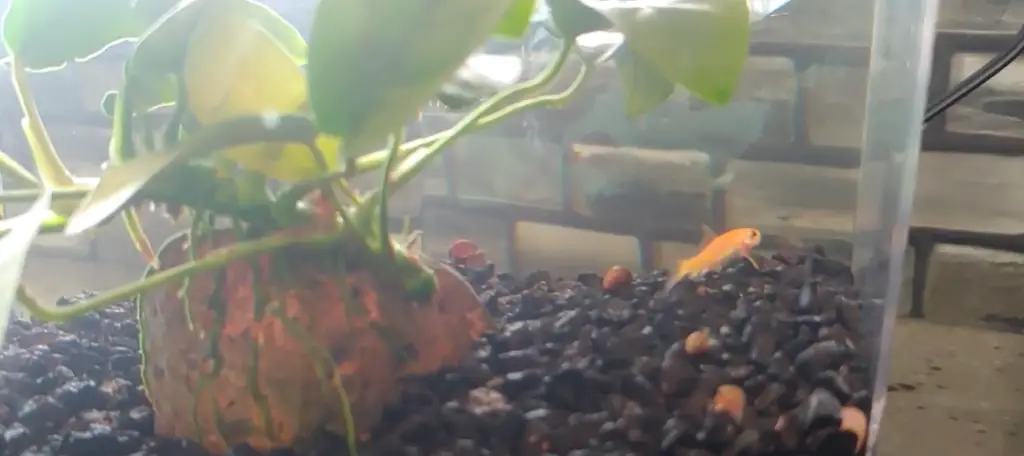
Reef saltwater tank
For those who prefer a more elaborate setup, reef saltwater tanks can be an option. These are very popular in the RV community and require special equipment to keep them running correctly. They tend to be much bigger than regular tanks (up to 40 gallons) so you will need enough space for it. Reef saltwater tanks also require specific lighting, filtration systems and pumps to ensure the fish and other creatures living in it have a healthy environment. [2]
Acrylic aquarium globe
If you’re looking for a neat and creative way to show off your fish, then an acrylic aquarium globe might be just the thing. This unique piece of equipment is designed to fit in any size RV and can easily be hung from the ceiling with a simple hanger. It features an internal filter that circulates water around the tank and keeps it clean. Plus, the acrylic globe gives you a 360-degree view of your fish without taking up too much space in your RV. [2]
Use the pyramid-shaped jar
If you’re looking for a fish tank that won’t take up too much space, the pyramid-shaped jar is a great option. This type of aquarium has no top or bottom so it fits easily in any corner of your RV. Plus, its slim design allows you to store other items on top. As an added bonus, these tanks are usually quite affordable.
Be aware that the pyramid-shaped jar is not ideal for all types of fish. Since it’s shallow and narrow, some species may have trouble maneuvering around the tank. Be sure to do your research before buying a fish for this type of aquarium. [2]
Fish Species that are suitable for RV fish tank
Before choosing a fish for your RV fish tank, keep in mind the space available and the size of the fish you choose. Smaller species such as tetras, rasboras, danios, barbs and livebearers are generally suitable for small tanks. Many people also opt to keep bottom dwellers such as loaches, corydoras and shrimp in their tanks.
If your tank is larger, you may be able to have a more active species such as angelfish, discus or even goldfish. These fish do need more space than the smaller ones mentioned above so make sure there’s enough room for them to swim freely. [2]
Maintain RV temperature
Temperature is very important when keeping a fish tank in an RV. The optimal temperature range for most aquarium fish is between 72-78°F (22-26°C). To maintain this temperature it’s best to keep the air conditioner running, as extreme highs and lows can lead to health issues or even death of your fish. You can also buy an aquarium thermometer to ensure the temperature remains within the desired range. [2]
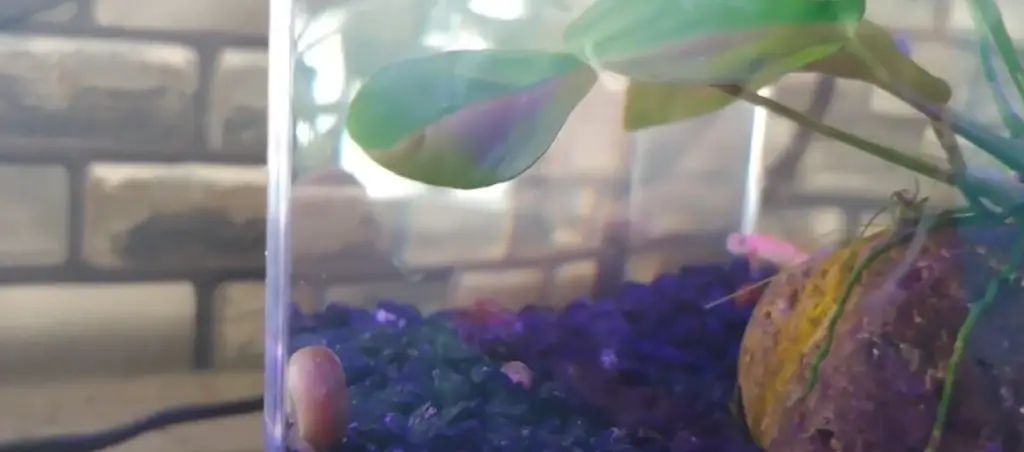
Things to Know About RVing with an Aquarium
Road vibrations can be deadly to fish
Just like any other pet, when it comes to travelling with a fish tank in your RV, you must take into account the safety of your finned friends. Road vibrations can cause water currents and significant turbulence that can be deadly to fish – especially for smaller varieties or those who are unaccustomed to vibrations. To help keep things stable, make sure to use some kind of stabilizer. You can buy something like a shock absorber or even DIY solutions like using foam and rubber pads beneath the tank might also help. [3]
An RV’s motion can cause a lot of water movement
Another thing to consider is that an RV’s motion can cause a lot of water movement. This has the potential to damage filter systems, disrupt the flow of oxygen and even unsettle fish in their habitat. To help counteract this, use products designed to reduce turbulence, like foam blocks or a wave maker. Alternatively, you can make your own foam blocks using a foam mattress pad, cut into small pieces and placed around the tank. [3]
RVs are subject to temperature fluctuations
RVs are subject to temperature fluctuations, which can be dangerous for fish. In addition to the effects of cold, hot temperatures may cause stress and make it harder for your fish to breathe. To ensure that your tank is always at a comfortable temperature, consider adding a heater along with an appropriate thermostat. It’s also a good idea to use a fan or air conditioner to keep the RV at a temperature that’s comfortable for you and your fish. [3]
A tank accident in an RV is a big deal
When a fish tank breaks in an RV, it can cause considerable damage due to the confined space. To help prevent this from happening, make sure to secure your aquarium firmly in place and use waterproof sealant on any seams or joints. Additionally, inspect the tank before leaving for any signs of wear or weakness that may indicate the need for repairs.
RVing with a fish tank can be an enjoyable and rewarding experience, but it’s important to take the proper precautions to ensure the safety and comfort of your finned friends. With the right setup and maintenance, you can keep your fish happy and healthy while on the go! [3]
FAQ
Where should you not put a fish tank?
When deciding on the placement of your fish tank in your RV, it’s important to consider any potential safety hazards. You should avoid placing your tank near any heating or cooling vents, as drastic temperature changes can be damaging to fish. Also, do not place the tank too close to windows as direct sunlight may increase water temperatures and cause fish to overheat.

Is it OK to keep a fish tank at home?
Of course! Keeping a fish tank at home can be relaxing and enjoyable, especially if you have the time to maintain it. If you plan on having a larger tank, such as an aquarium, it’s important to make sure that your room has enough space for it. It’s also important to make sure that your home is equipped with appropriate ventilation and filtration systems, as well as a water heater to keep the tank temperature stable.
How do you travel with fish?
Assuming your fish tank is already set up, you can start by filling a plastic tub or waste bin with the same water and temperature as the tank. Next, transfer your fish to this container using a large fish net. Make sure that you don’t leave any decorations or plants in the tank while travelling, as they could cause stress to your fish. Finally, fill the tank with clean water and place the fish back in when you arrive at your destination. Prepare for additional time if there are more than a few fish to transfer.
How do you transport a fish tank safely?
The most important thing to consider when transporting a fish tank is the risk of it breaking during travel. Make sure that your tank is securely fastened, using straps or tie-downs if necessary. Try not to move the tank while it’s full of water, as this may cause it to become unbalanced and spill over. If you must move the tank, make sure to drain some of the water out first. Lastly, keep an eye on your tank during transit and make sure that it is not being exposed to extreme temperatures or vibrations.
How do you travel long distances with a fish tank?
If you plan on travelling long distances with your fish tank, it’s important to take extra precautions. Try not to leave the tank in direct sunlight for too long, as this may cause the water temperature to rise and could be damaging to your fish. Keep an eye on the temperature of both the inside and outside of your tank during the drive, and make sure that it remains stable. Finally, be prepared to stop often to check on your tank and make sure that all of your fish are doing well.
Can you carry a fish tank full of water?
It is not recommended to travel with a fish tank full of water, as it can become very heavy and unbalanced. If you must transport the tank while it’s full, make sure that it is securely fastened in place. Furthermore, keep an eye on your tank during transit and make sure that the temperature remains constant. Lastly, it’s important to be aware that if your tank does break during travel, there may be a risk of water contamination.
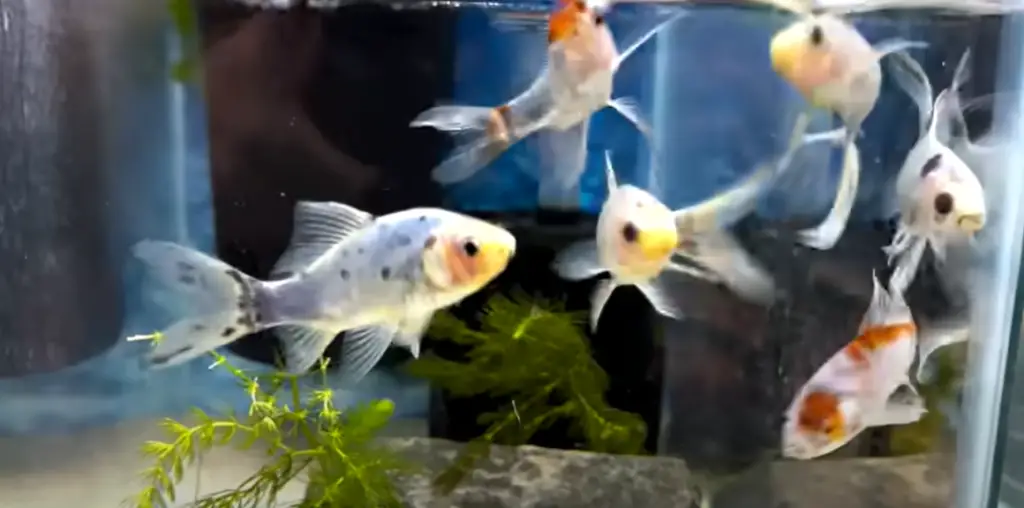
Is it safe to travel with a full fresh water tank?
Yes, it’s safe to travel with a full fresh water tank. Make sure that your tank is securely fastened in place and check on it often during travel. Furthermore, be aware of any drastic temperature changes while travelling, as this can cause the water inside the tank to expand or contract. Lastly, if the tank is exposed to direct sunlight for too long, the water temperature may increase and cause your fish to become stressed.
Is it OK to drink water from a tank?
It is not recommended to drink water directly from a tank, as the water may contain harmful bacteria or chemicals. It’s important to make sure that your tank is equipped with a filtration system and proper maintenance before drinking any of its contents. Additionally, you should always use bottled or filtered water when travelling to ensure safety and quality.
Can you drink water straight from a tank?
No, it is not recommended to drink water straight from a tank, as the water may contain harmful bacteria or chemicals. It’s important to make sure that your tank is equipped with a filtration system and proper maintenance before drinking any of its contents. Additionally, you should always use bottled or filtered water when travelling to ensure safety and quality.
Useful Video: Fish Tank In A Motorhome…!
Conclusion
All in all, having a fish tank in your RV is totally doable and can be a great way to add some fun and relaxation to your travels. When setting up the tank, make sure you have enough space to accommodate it as well as any necessary accessories. Additionally, consider factors like water temperature, filtration system, and lighting when deciding on the type of fish to keep in your tank. Finally, don’t forget about maintenance—regular cleanings and water changes are essential for a healthy aquatic environment. With these tips in mind, you’re well on your way to enjoying an underwater adventure with your aquatic friends! Happy travels!
References:
- https://rvparenting.com/can-you-have-an-aquarium-in-an-rv/
- https://trucksauthority.com/can-you-have-a-fish-tank-in-an-rv/
- https://www.rvtrader.com/blog/2022/01/10/5-things-to-know-about-rving-with-an-aquarium/

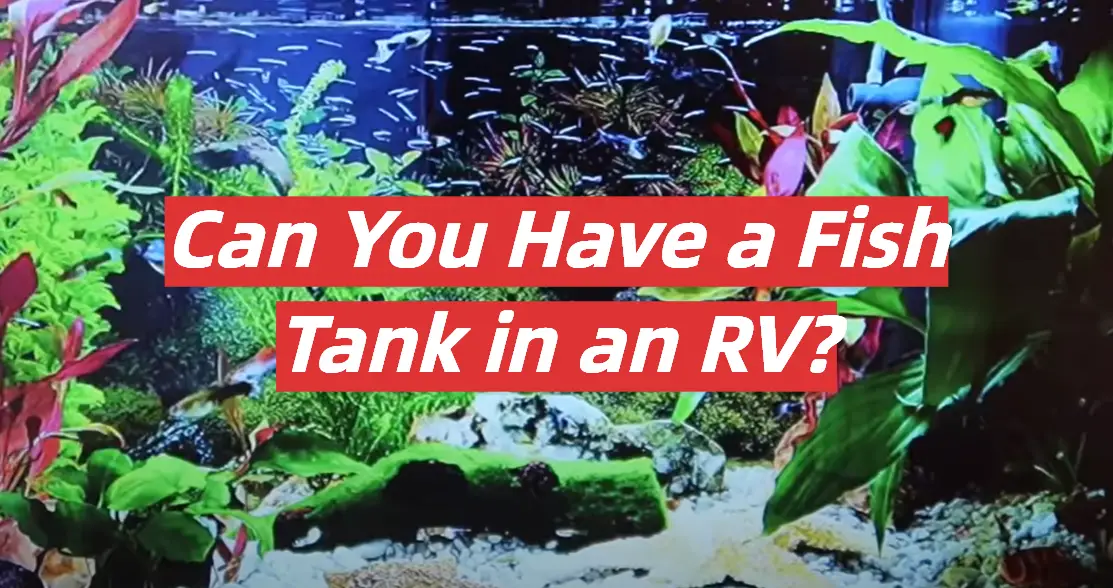




Leave a Reply